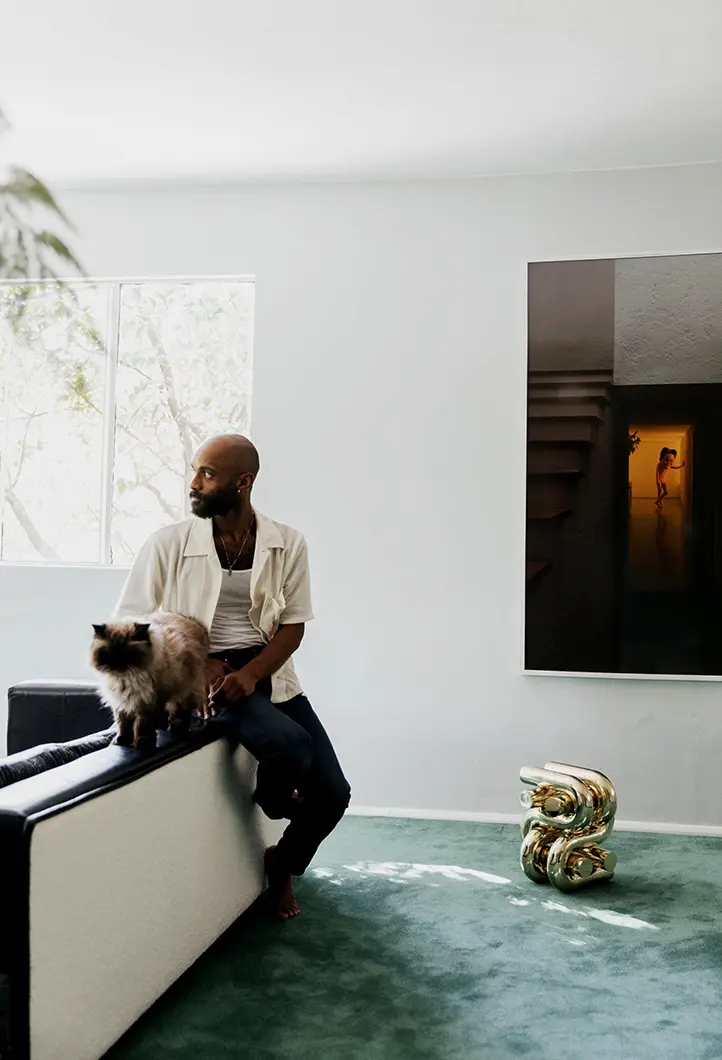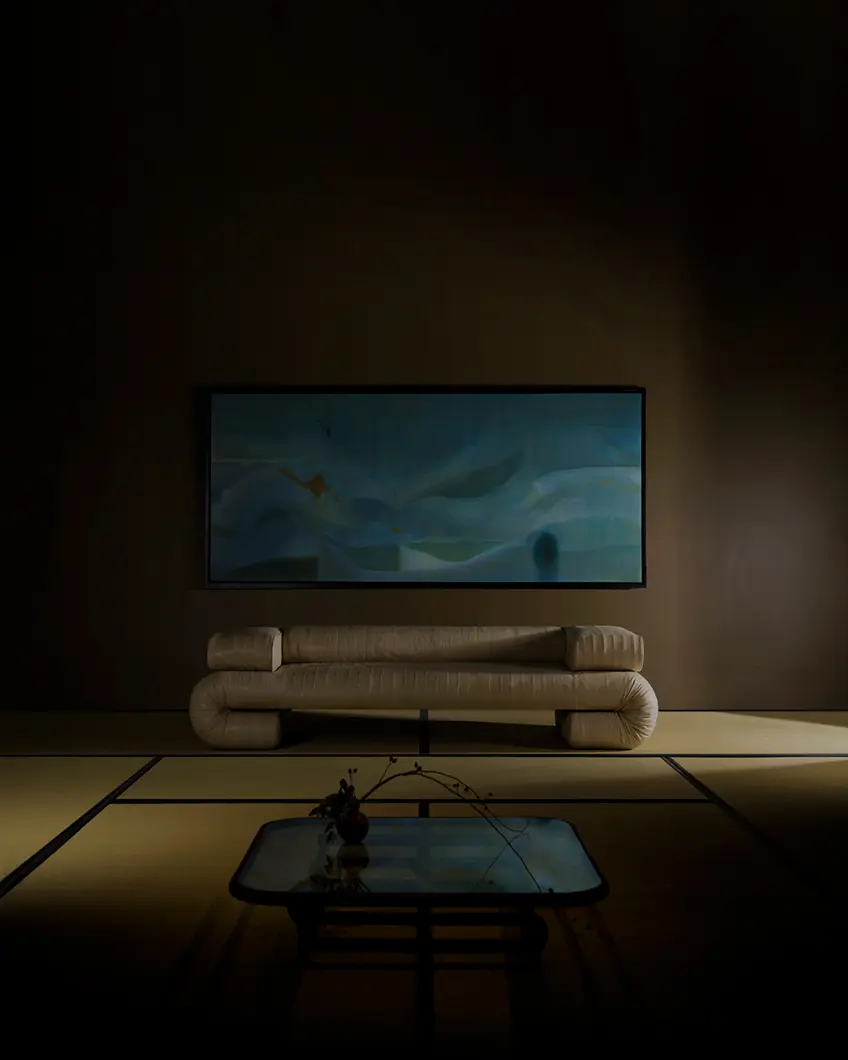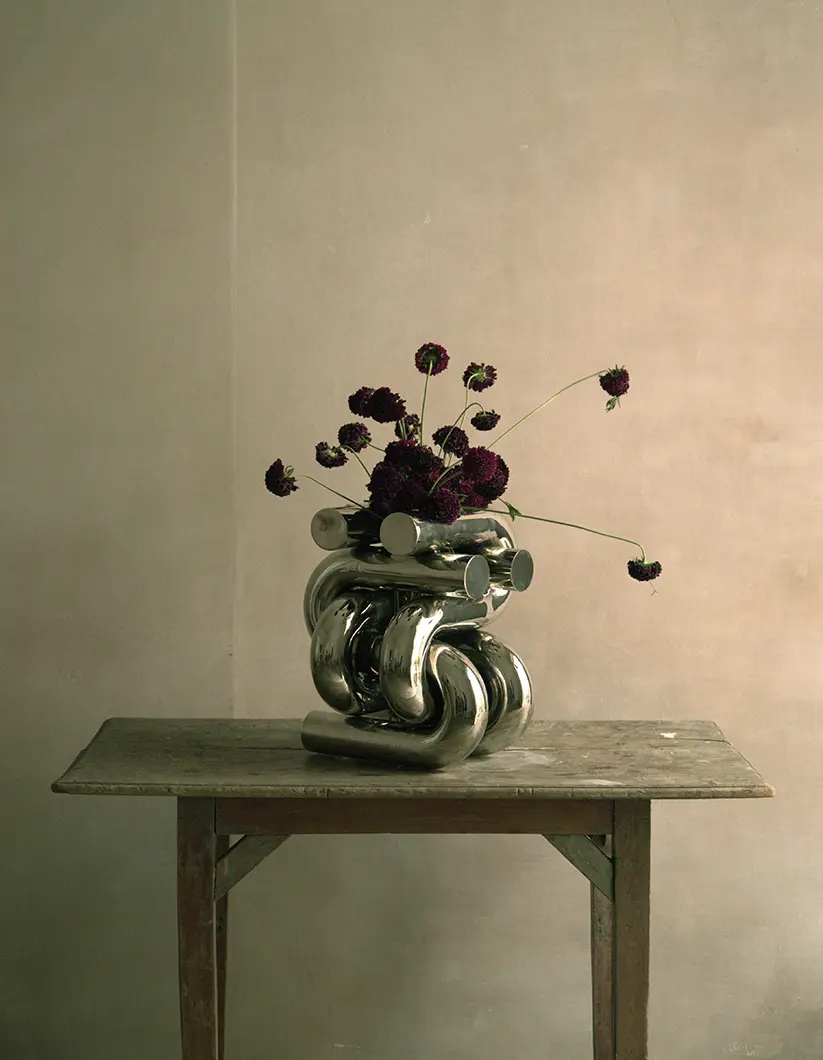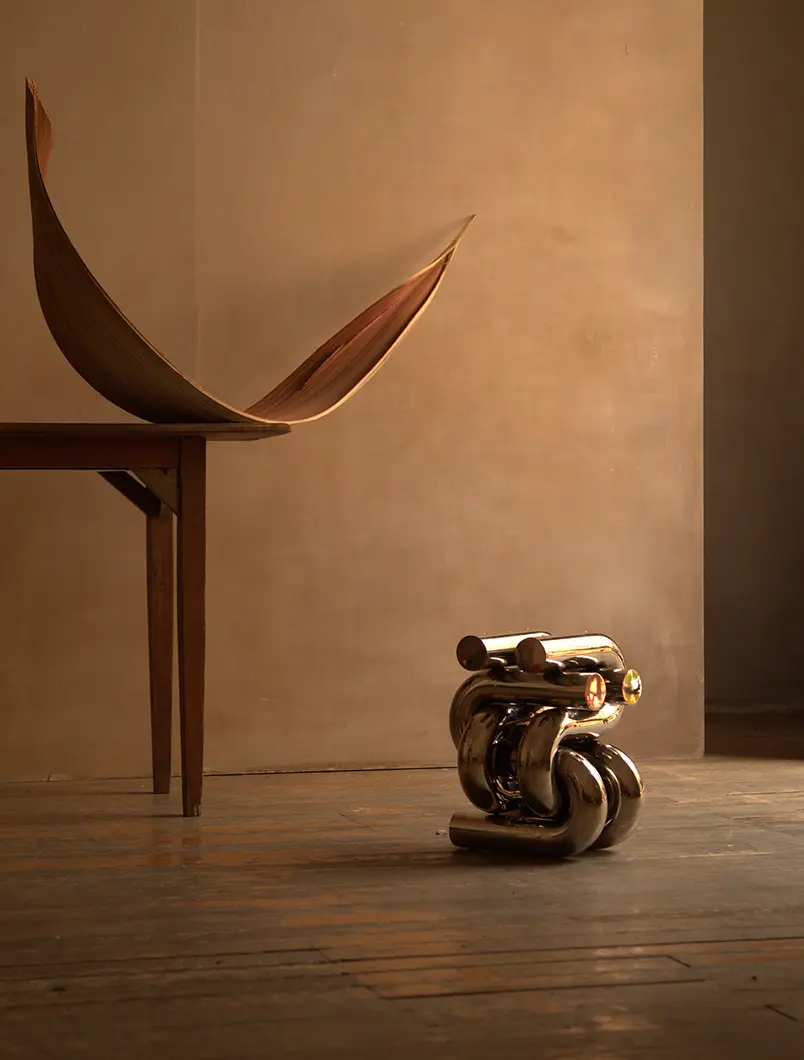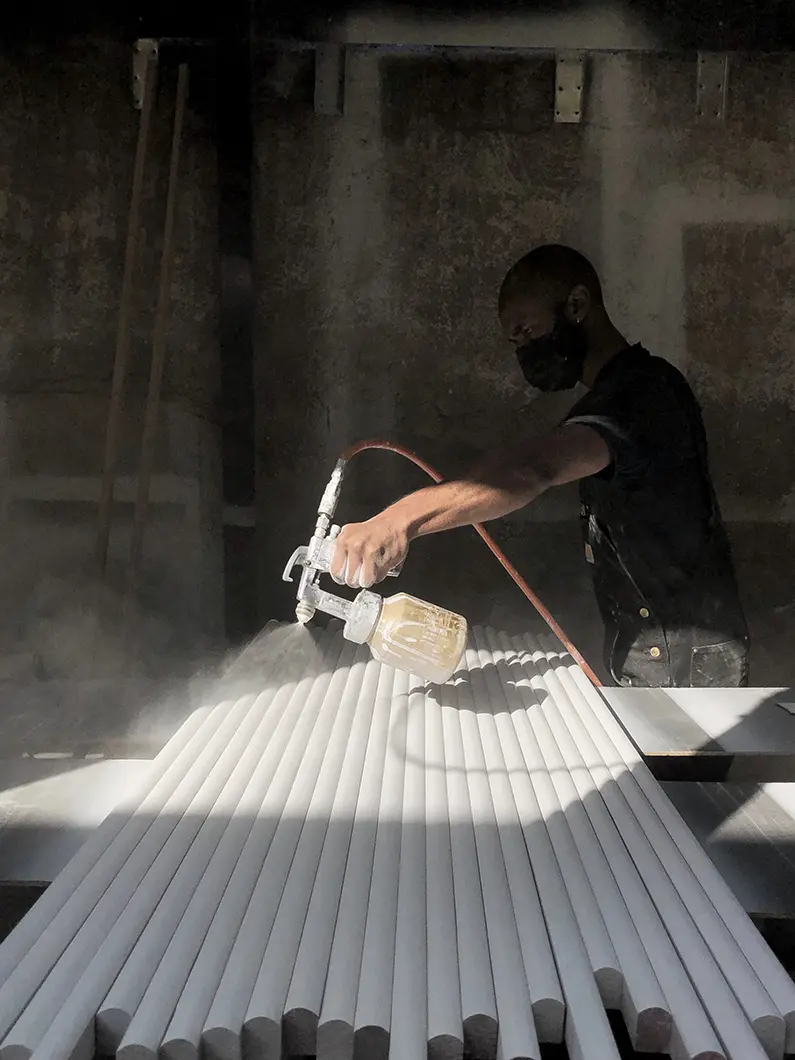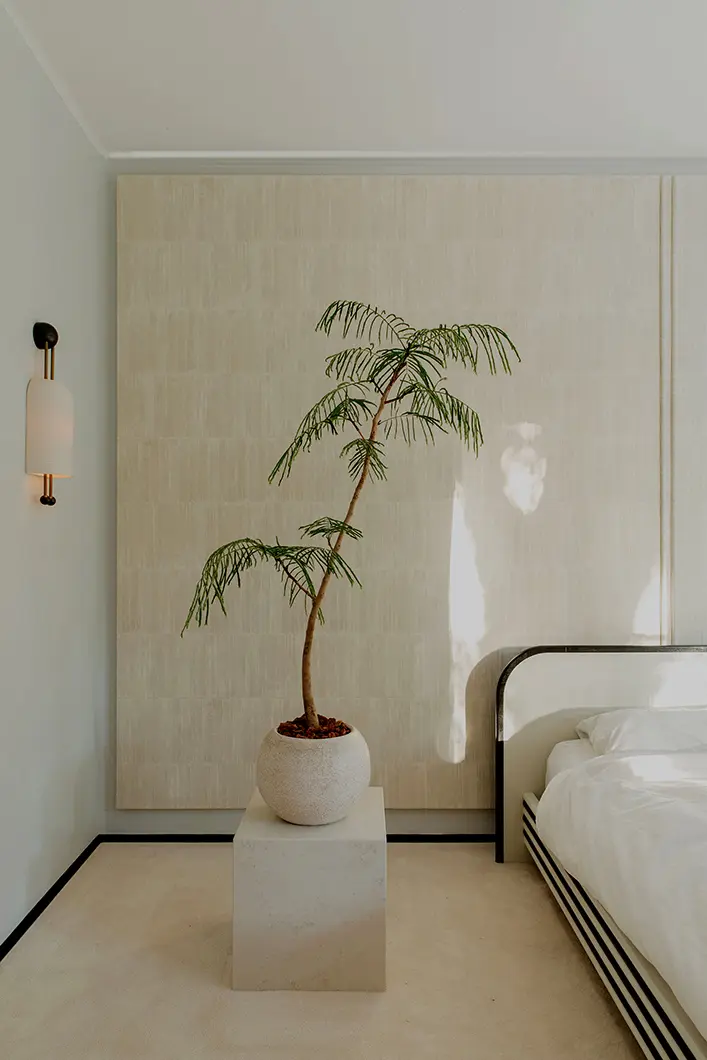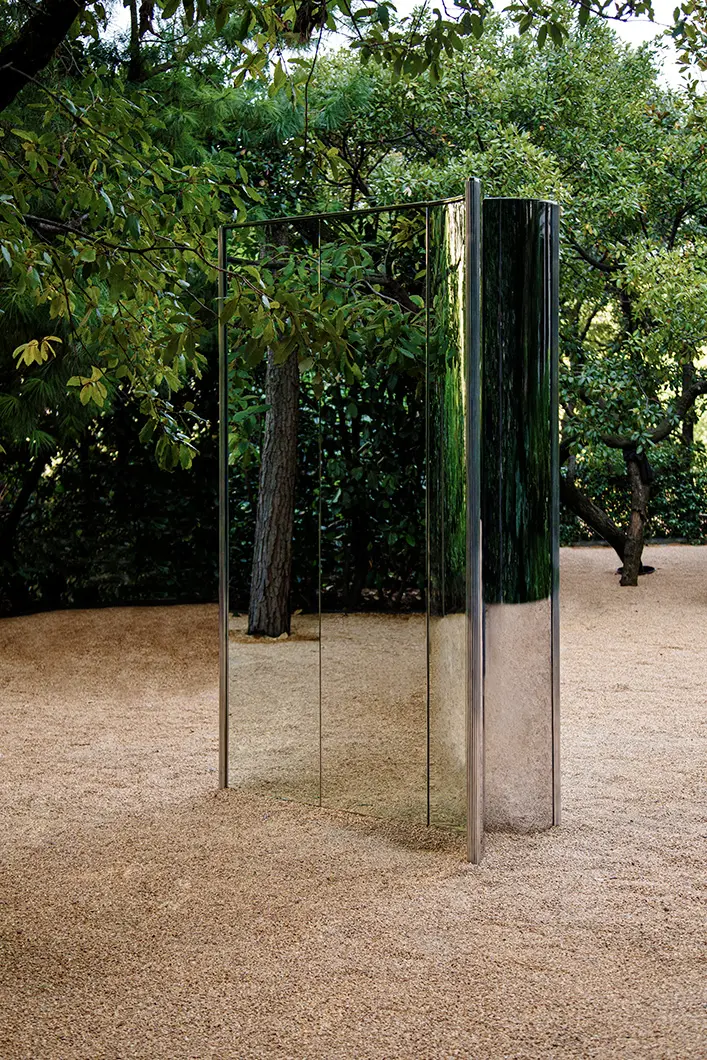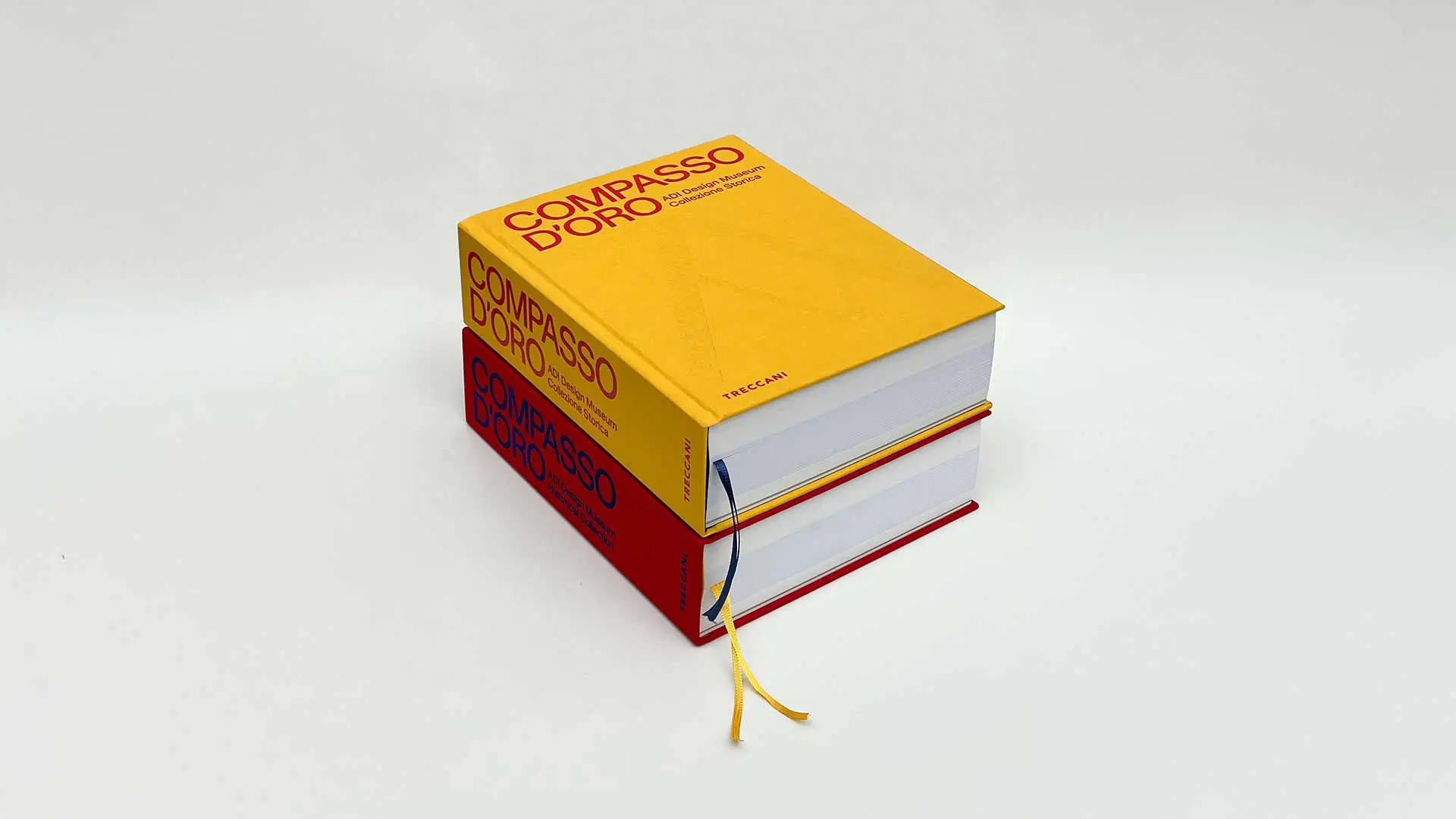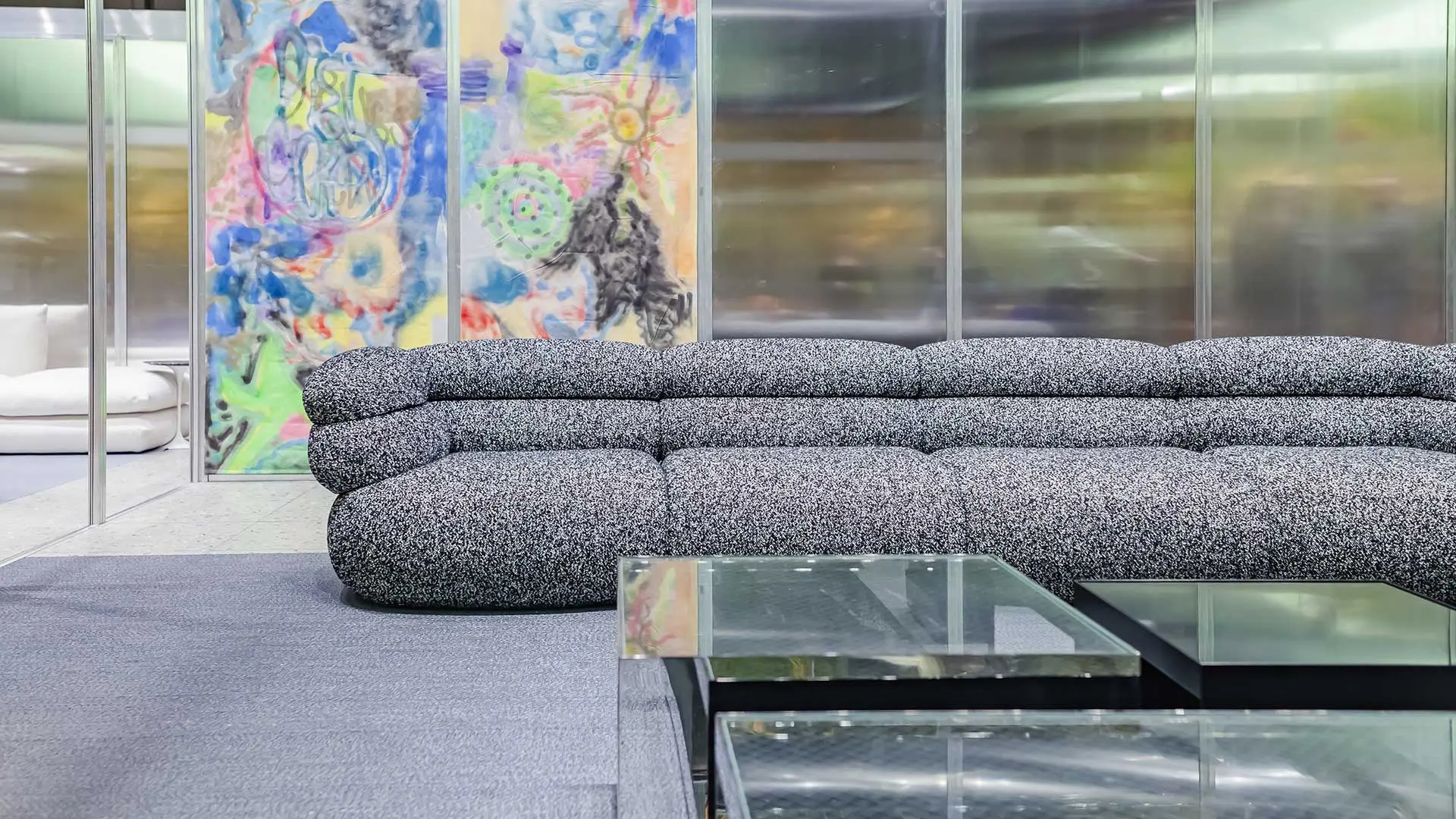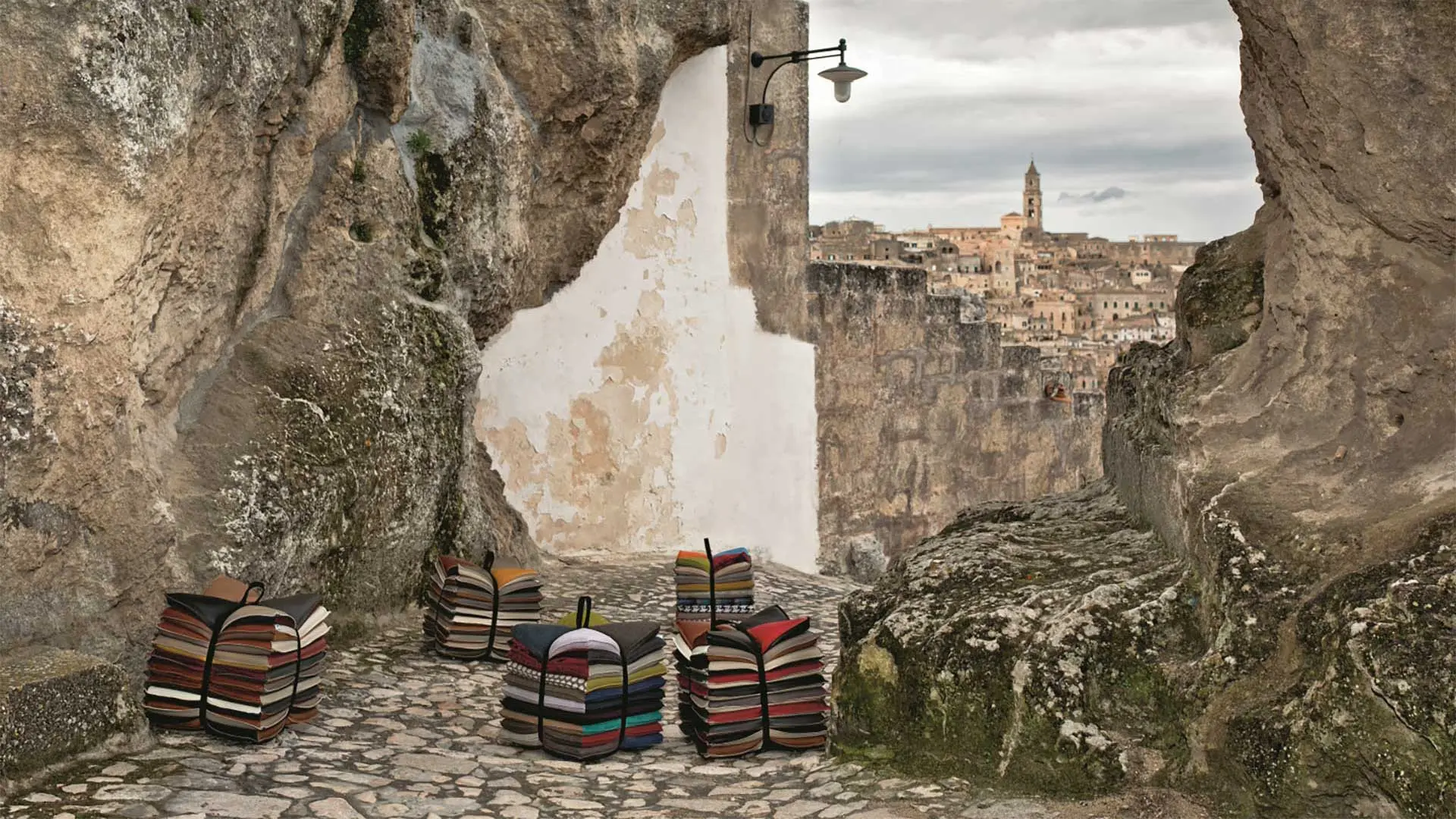Treccani’s latest book, edited by Beppe Finessi and presented at the ADI Design Museum, provides a comprehensive overview of the story of design told through the prestigious award
New York: In conversation with Mark Grattan

Courtesy Mark Grattan
The winner of HBO Max’s Ellen’s Next Great Designer show gets candid about his distinctive furniture practice, upcoming projects, and his future ambitions.
Up-and-coming furniture designer Mark Grattan has had a prolific year. After launching his sumptuously-crafted breakout VIDIVIXI collection with New York gallery The Future Perfect in summer 2020, the polymath talent went on to win the Ellen’s Next Great Designer competition show that autumn, and soon after joined Solange Knowles’s multidisciplinary creative platform Saint Heron as a design consultant. This string of successes has propelled the Pratt Institute-trained, Mexico City-based designer to the next level, allowing him to both perfect his unabashedly eclectic yet cohesive design aesthetic and evaluate his next moves. We caught up with the rising star in New York in late spring, just after the final episode of the show aired, and Grattan was announced the winner of the $100 thousand prize. It had also just been revealed that he would be designing a dedicated furniture line for mainstay television host Ellen DeGeneres.

Courtesy Mark Grattan
Adam Caplowe and I established VIDIVIXI in Mexico a few years ago with the idea of creating highly crafted furniture that could celebrate different design movements and function in different lifestyles. Vidi Vixi translates from Latin as “I saw, and I’ve lived.” This sentiment carries through limited edition pieces like the Cafe Con Leche occasional table –— defined by its eight interlocking U-shaped curved base and deco-esque bevelled edges— – and the Japanese-inspired Docked en Rio platform bed frame— – characterized by its upholstered folded modular cross-sections. For this collection, we used materials like walnut, oak, velvet, leather, and tinted glass. We debuted these furnishings on a virtual platform using cinematics that harkened back to film noir and old-fashioned detective movies. Some of the underlying traits of this collection were sensuality, tenderness, personal care, tough love, and passion.
Right now, I’m still trying to figure out what my next step is, not just in terms of VIDIVIXI but also in my independent practice. I’d like to slowly depart from the former and focus less on making purely functional pieces. I want to start working in the collectible design realm and creating objects with a more artistic quality. It’s interesting to see how furniture can be sculpted. That has undoubtedly been one of the impetuses behind starting this company and a form of creative control I’d still like to maintain. However, I think it’s a great time to let Adam take the reigns a bit more in terms of the business side of things. It’s not a breakup. I just want to start seeing other people. We’re opening up the relationship, which isn’t necessarily a bad thing. I’m starting to develop my own pieces and even interior design a few different home product, including the entirety of Pyer Moss founder Kerby Jean-Raymond’s house.
With the final collection I did for the show, It’s a bit strange but also makes sense that it should resemble what I developed before with VIDIVIXI. It’s an accurate indication of my authenticity and that, given the circumstances, the solution ends up reflecting this general thread of continuity. The design for every episode had to be completed in four days, so the pressure was on. Designing for a competition show is challenging because you’re constantly being pulled out of the process to talk about what you’re doing, which can slow things down a lot. Because of this and the pushback I gave during filming, I realized that I’m someone who prefers saying what’s on my mind, being uncompromising, and straightforward. I think these qualities reflect in my work too.
There were a lot of advantages and challenges to having done the show. Being able to now design a collection for Ellen is a plus. So many designers struggle to get the work out to the right audience. It’s great to work with galleries and curtain manufacturers, but producing work for something with such a reach is a new learning curve. I have to learn how to work with different types and grades of material.
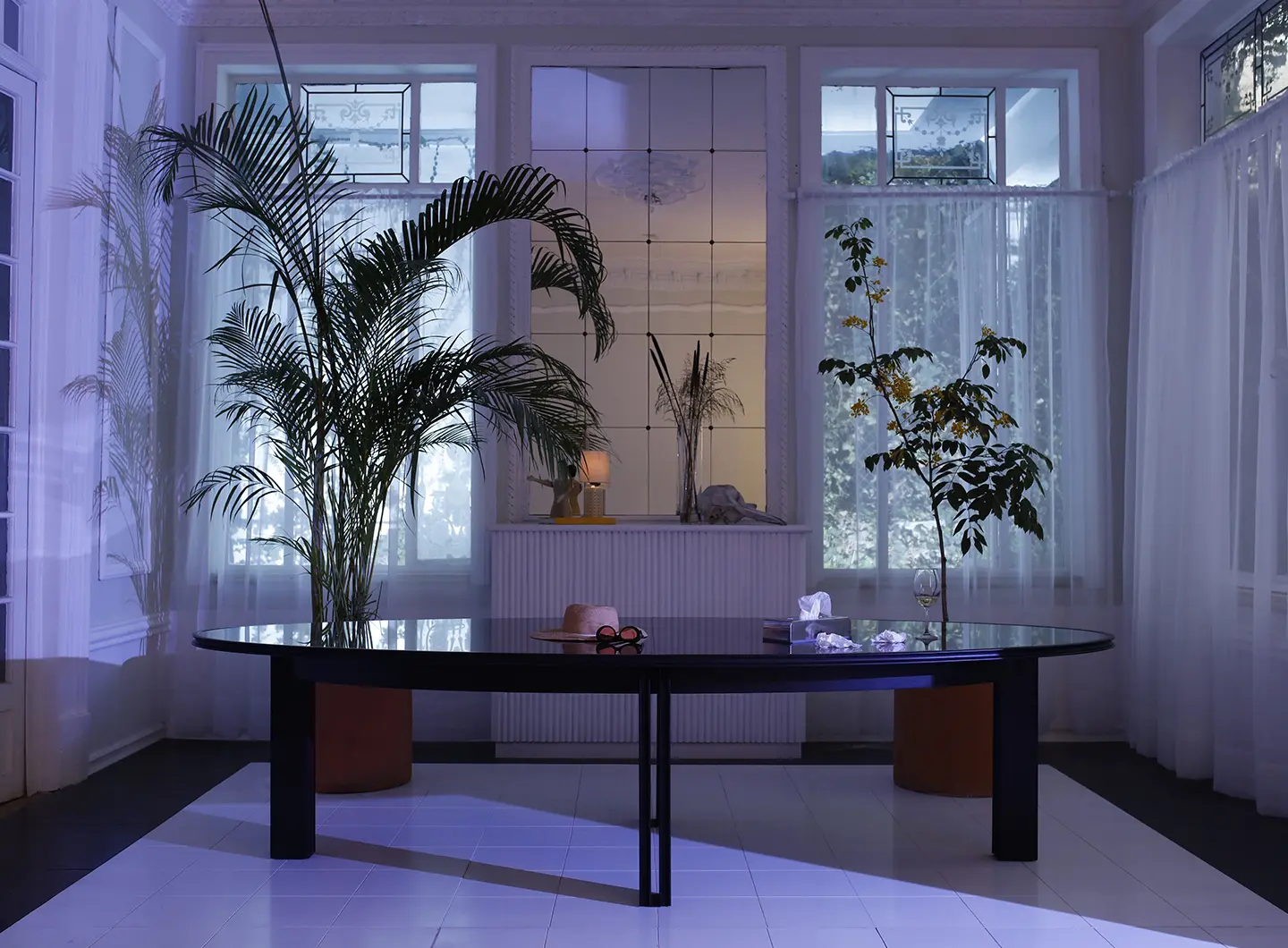
Courtesy Mark Grattan
Saint Heron è una piattaforma multidisciplinare che nasce dall’idea di dare ai creativi Neri voce nelle industrie che sono attualmente ancora riservate all’America Bianca, gallerie bianche, musei bianchi ecc. Il concetto di Solange è di riprendere tutto quello che è stato tolto e di rimetterlo nelle mani del creatore. Adesso ho 38 anni e mi dedico al design sin da quando ne avevo 18. Anche a scuola ero uno dei pochi studenti neri. Durante la mia carriera, mi sono trovato spesso davanti al fatto che il nostro punto di vista è ancora in minoranza in questo campo. Sono stato la prima persona Nera in copertina su Elle Decor. Nessuno sa perché il design di mobili, in particolare, sia un settore così prevalentemente bianco, e nessuno ha ancora capito veramente come fare per risanare questo squilibrio. A Saint Heron è stata la prima volta che ho potuto lavorare con un team formato solo da creativi neri.
La piattaforma retail Small Matter comprenderà arredi, opere d’arte, pezzi funzionali e non. Questi oggetti saranno in linea con la narrativa generale, complessa ed emozionante, di Saint Heron. Sono stato chiamato per contribuire ad elevare i diversi prodotti, animandoli, portandoli in un luogo dove possano essere realizzati e contestualizzati. Parte del mio ruolo sarà aiutare Solange a comunicare la sua visione, quindi non voglio essere troppo coinvolto emotivamente o creativamente nel progetto. Naturalmente ci metterò comunque tutto me stesso. Il mio obiettivo generale è arrivare al punto di poter lavorare autonomamente. Al momento, tuttavia, è fantastico poter provare cose diverse e collaborare con altre persone per sperimentare e capire esattamente cosa voglio ottenere dalla prossima fase della mia carriera.


